Different Types of Surge Control for Parallel Gas Compressors are as follows.
Types of Surge Control
- Base Load Method
- Suction Side – Speed Control Method
- Equal Flow Balance Method
- Equidistant to Surge Line Method
Base Load Method
Compressor A Speed is manually set (HIC) for maximum flow & termed as ‘Base Load’ while Compressor B Speed via speed controller (SC) is swung based on Master Pressure Controller’s (PIC) Set Point (SP) to attend to remaining swing in flow variations (loads).
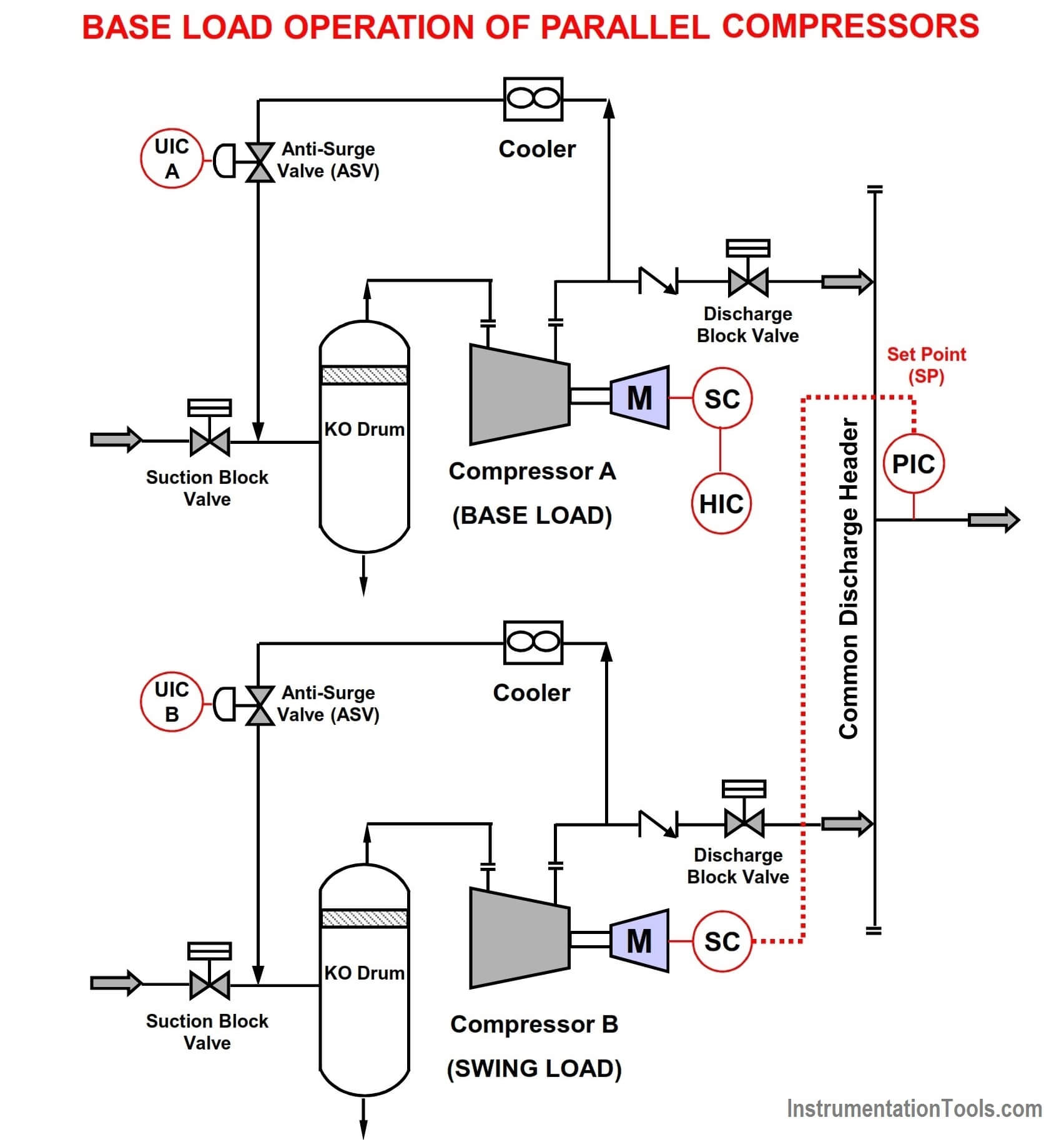
During periods of low process demand, Compressor B (Swing Machine) can be recycling & sometimes even close enough to the Surge Control Line (SCL) causing the Swing Machine to Trip. Hence an inefficient configuration.
Base Load Operating Style requires frequent operator intervention.
A configuration that is not in vogue anymore & not recommended.
Suction Side – Speed Control Method
No Base Load Exists, but instead the Master Pressure Controller (PIC) is shifted to the suction side.
Master Pressure Controller (PIC) provides set point (SP) to speed controller (SC).
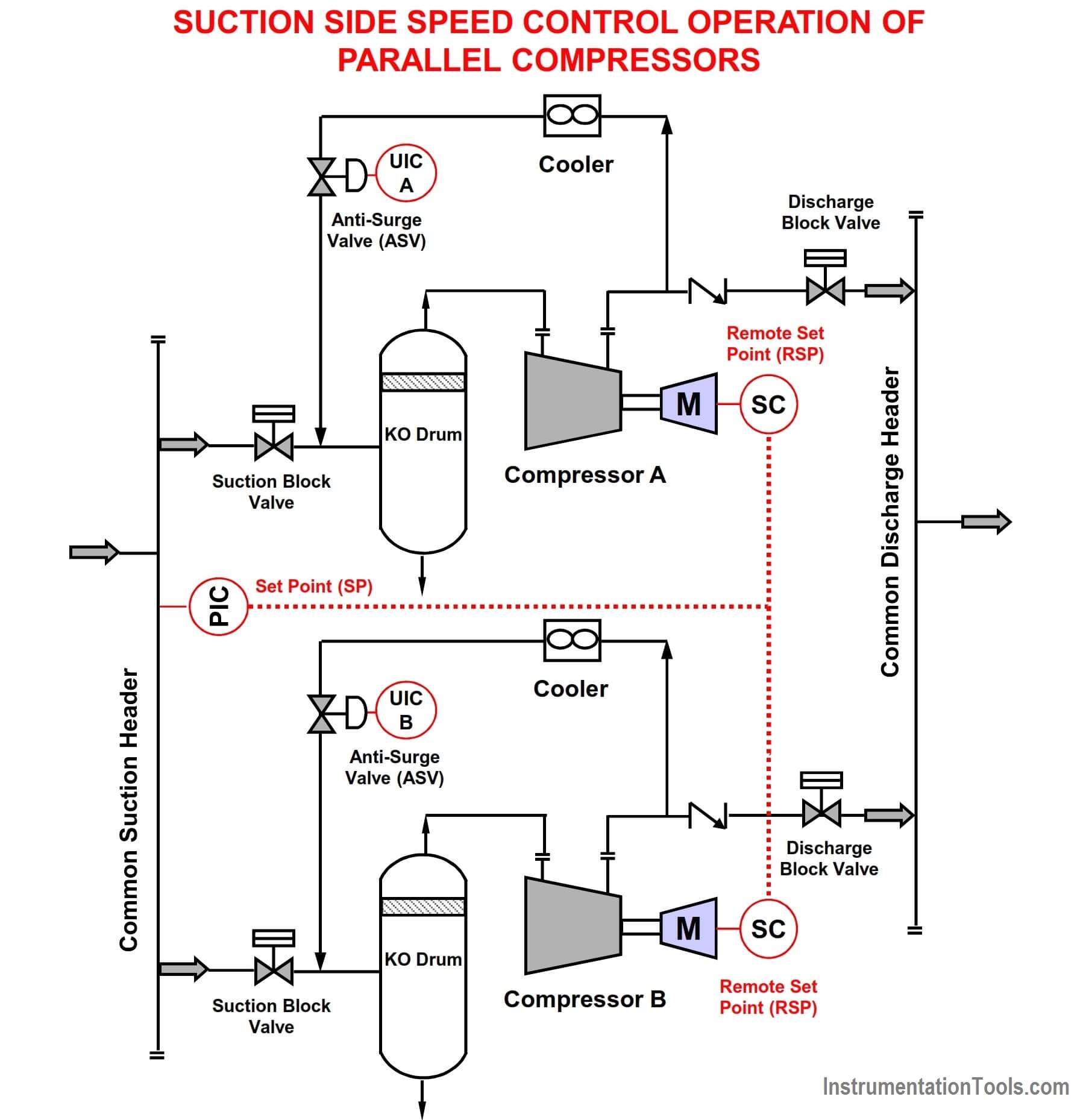
Both Compressors would not necessarily operate at the same speed/flow during a recycle since UIC A/B are acting independently of each other.
Equal Flow Balance Method
The Master Pressure Controller (PIC) on the common discharge header determines the total load demand and alters Compressors A & B speeds (SC). The individual flow control signal to each speed controller is achieved by scaling the total load demand (Bias A & Bias B) to the individual flow controller (FC) on each compressor.
Both Compressor Operations are independent of the Anti-surge Valve (ASV) Operation.
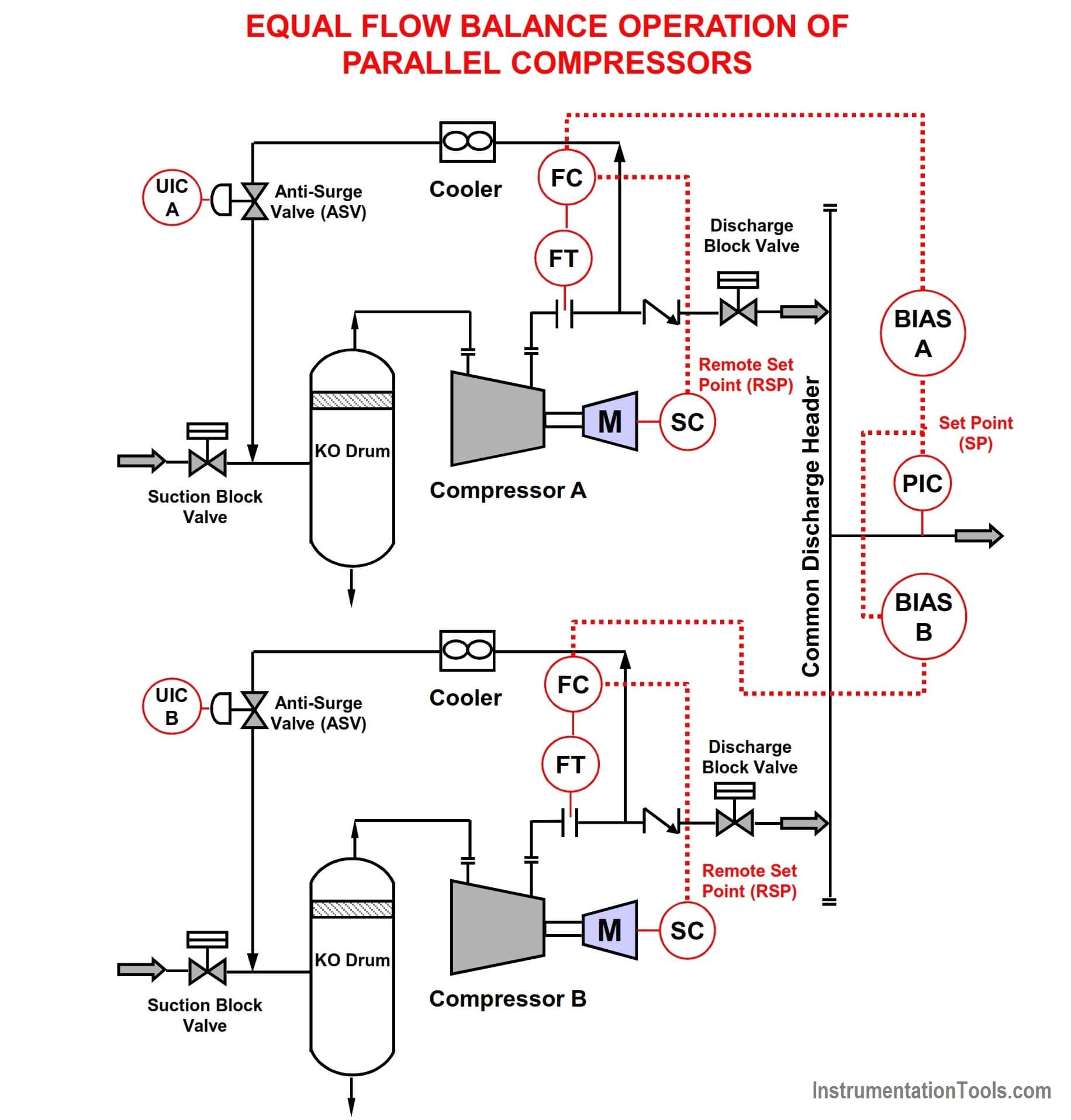
Flow Balancing method requires additional control elements thereby increasing CAPEX costs.
Since Flow Element & Transmitter (FT) is installed on the compressor discharge, additional pressure drop occurs representing energy losses & corresponding costs.
For the cascaded control used, PIC ➤ FC ➤ SC, the inner loop (FC) must respond faster than the PIC outer loop causing PIC to be sluggish. The faster FC loop also means, the compressor speed would increase faster than required often reaching maximum speed & hence does not offer the best control strategy.
Equidistant to Surge Line Method
Based on the principle –
The Deviation/Distance between the operating points & the surge control (SCL) line in both trains is equidistant.
For this configuration N1 ≠ N2 & Q1 ≠ Q2 , but Dev1 = Dev2 (i.e., Dev = Distance between Op. Point & Surge Line).
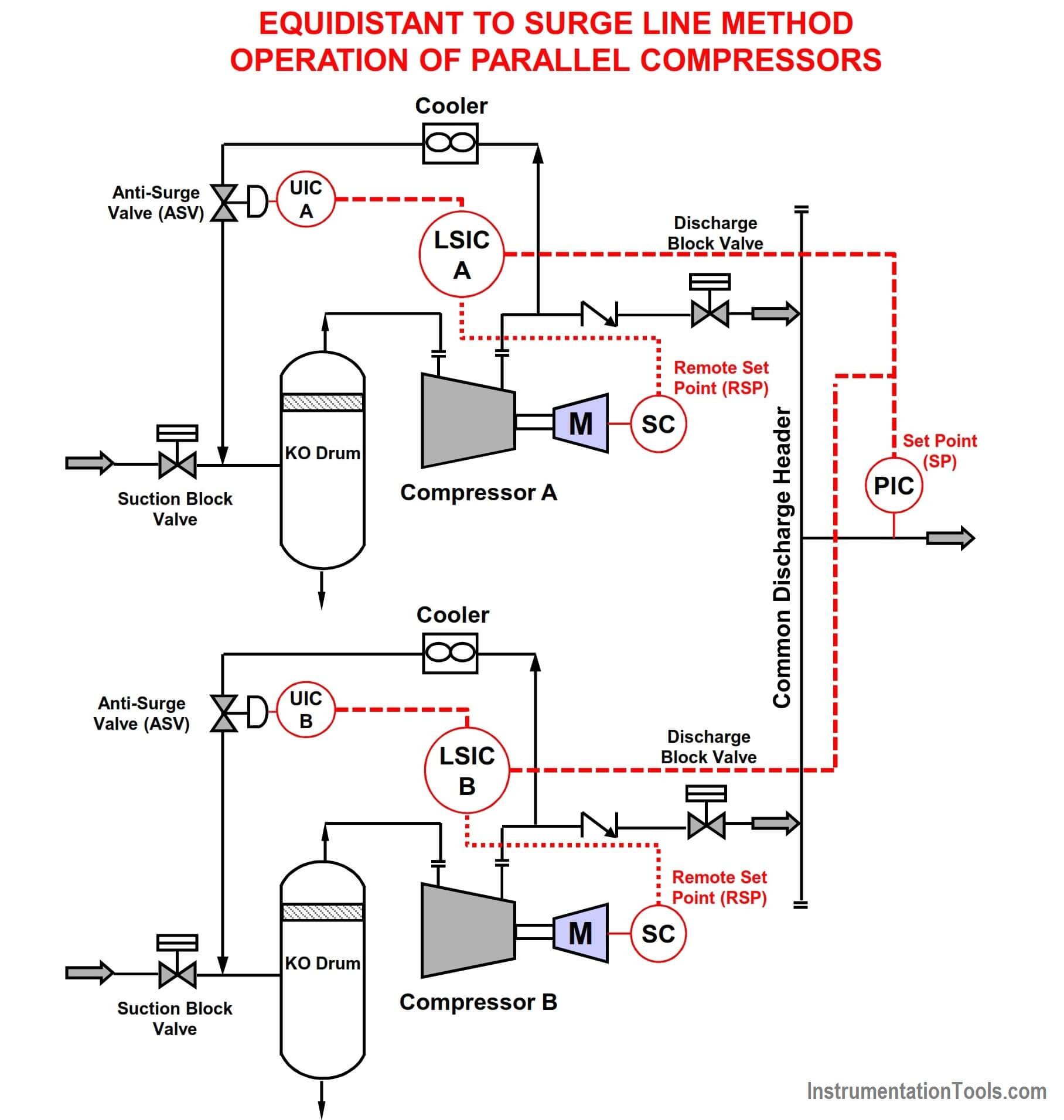
Both UIC A/B (Anti-surge Controller) & LSIC A/B (Load sharing Controller) would coordinate their responses in Real time.
Applicable also for parallel compressors that have dissimilar / asymmetrical performance curves.
An effective configuration for varying loads, that ensures both compressors independently adjust operations to stay away from surge.
About the Author :
Vijay Sarathy holds a Master’s Degree in Chemical Engineering from Birla Institute of Technology & Science (BITS), Pilani, India and is a Chartered Engineer from the Institution of Chemical Engineers, UK. His expertise over 10 years of professional experience covers Front End Engineering, Process Dynamic Simulation and Subsea/Onshore pipeline flow assurance in the Oil and Gas industry. Vijay has worked as an Upstream Process Engineer with major conglomerates of General Electric, ENI Saipem and Shell.
Articles You May Like :
Anti Surge Controller Principle
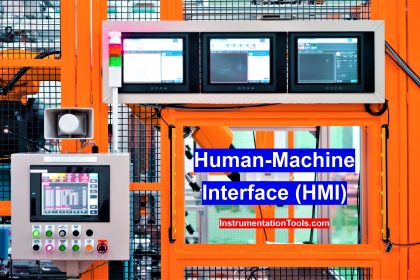
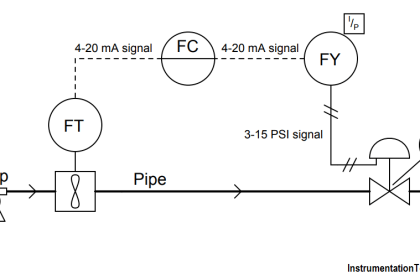
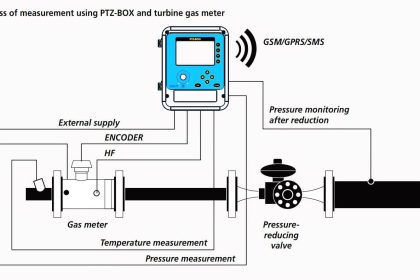
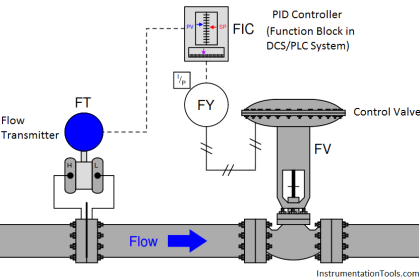
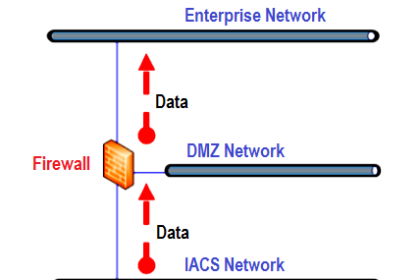

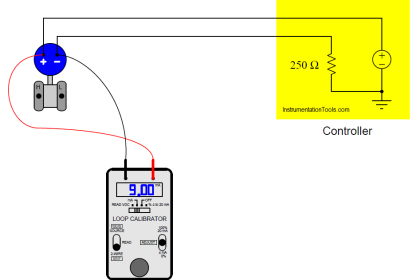
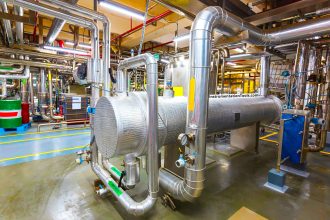
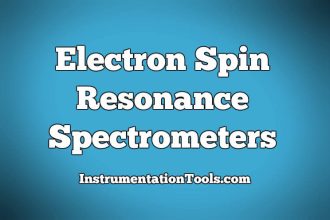
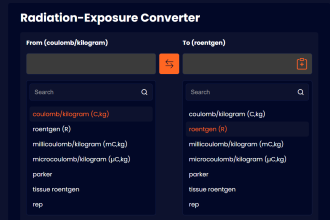
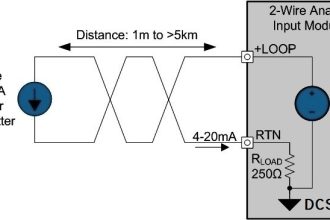
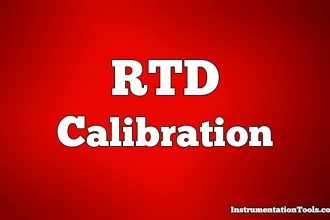

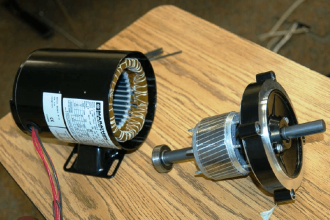
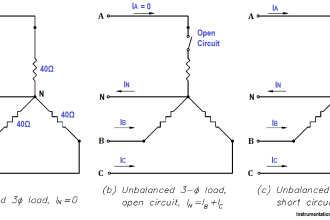

Thank you for the awesome explanation.